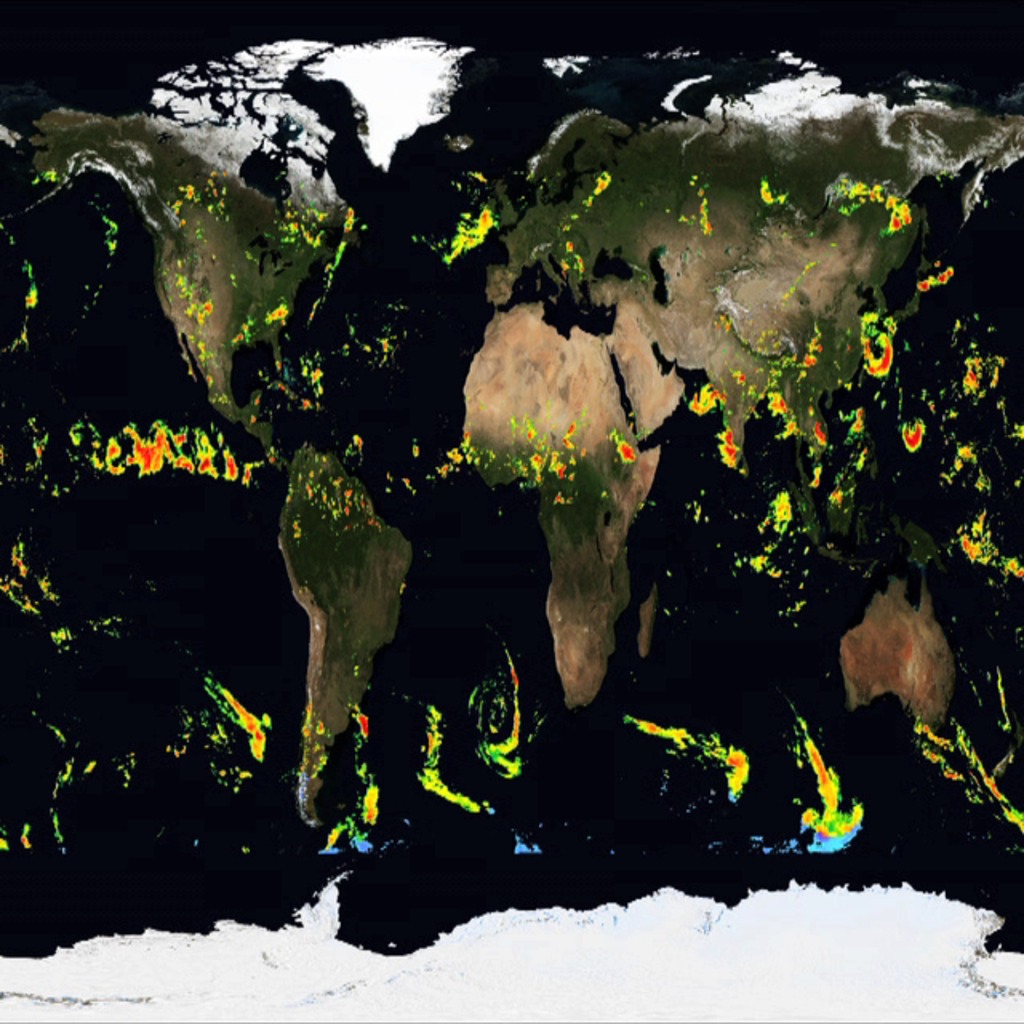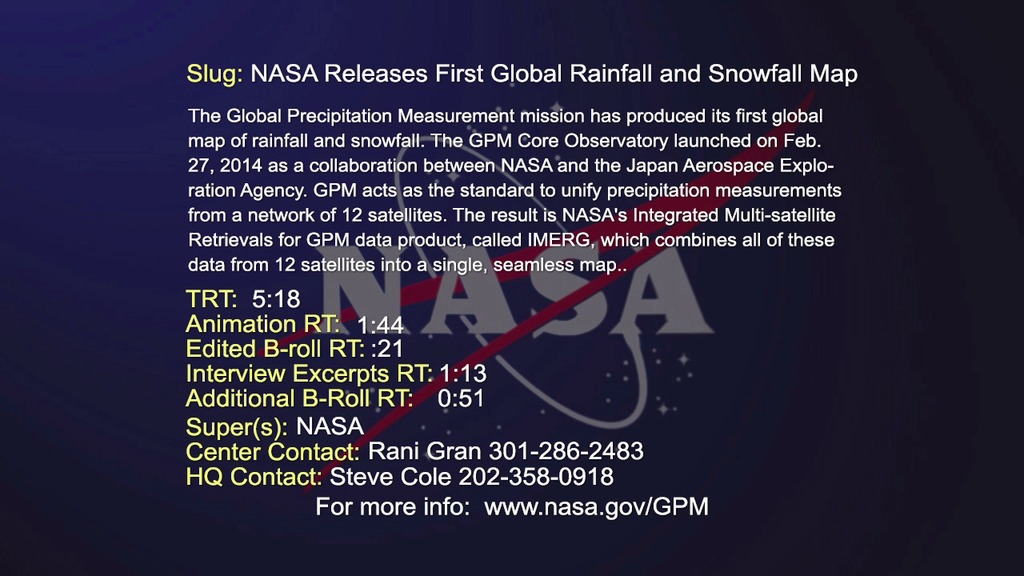GPM in a Minute
A condensed look at building the Global Precipitation Measurement (GPM) mission.
A timelapse (2011-2014) of GPM in the clean room at Goddard Space Flight Center and at Tanegashima Space Center, Japan.
Credits
Please give credit for this item to:
NASA's Goddard Space Flight Center
-
Producer
- Ryan Fitzgibbons (USRA)
-
Editor
- Ryan Fitzgibbons (USRA)
-
Scientist
- Gail Skofronick Jackson (NASA/GSFC)
-
Project support
- Cody Buell (HTSI)
-
Videographer
- Cody Buell (HTSI)
Missions
This page is related to the following missions:Tapes
The media on this page originally appeared on the following tapes:-
GPM Clean Room Timelapse
(ID: 2015018)
Friday, February 27, 2015 at 5:00AM
Release date
This page was originally published on Thursday, February 26, 2015.
This page was last updated on Monday, January 6, 2025 at 1:27 AM EST.

